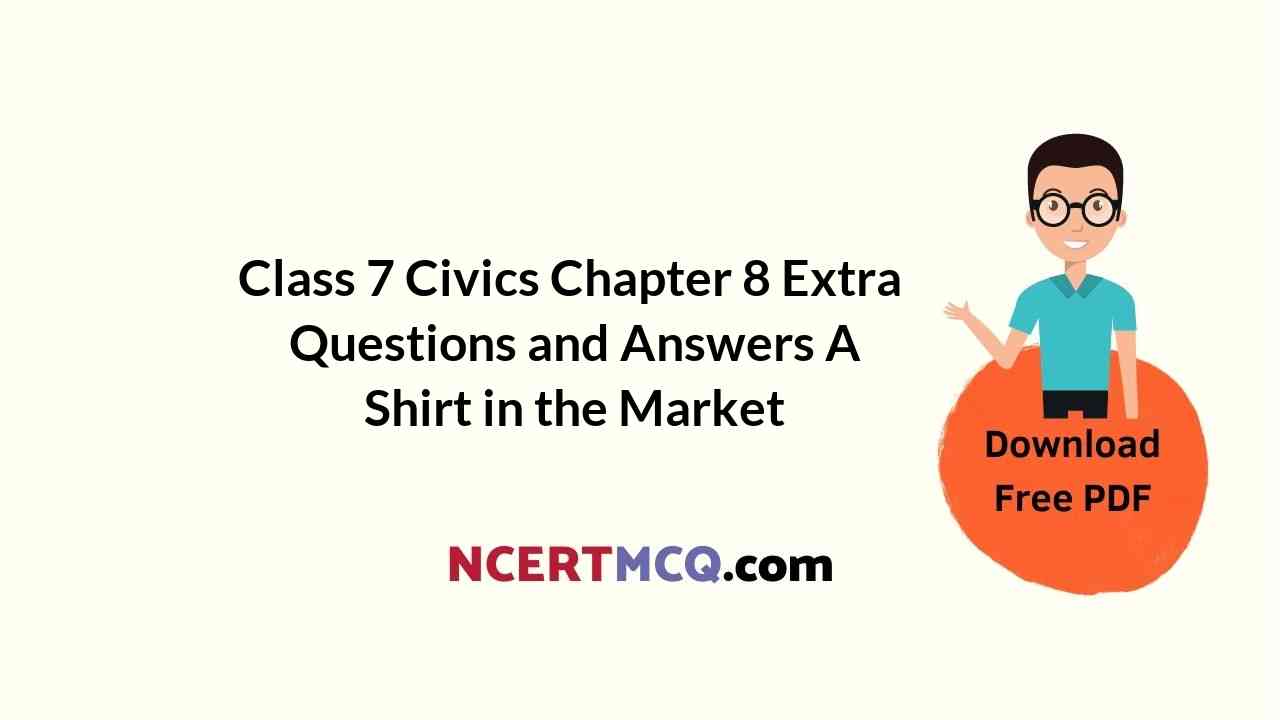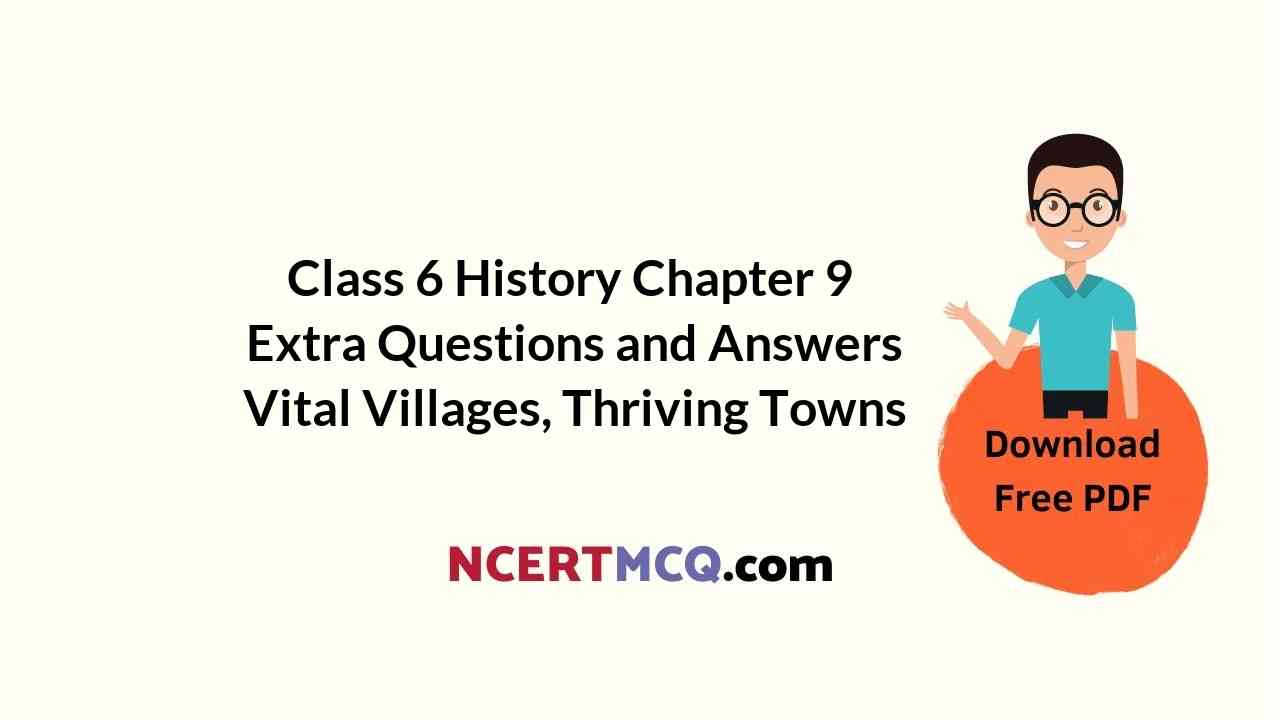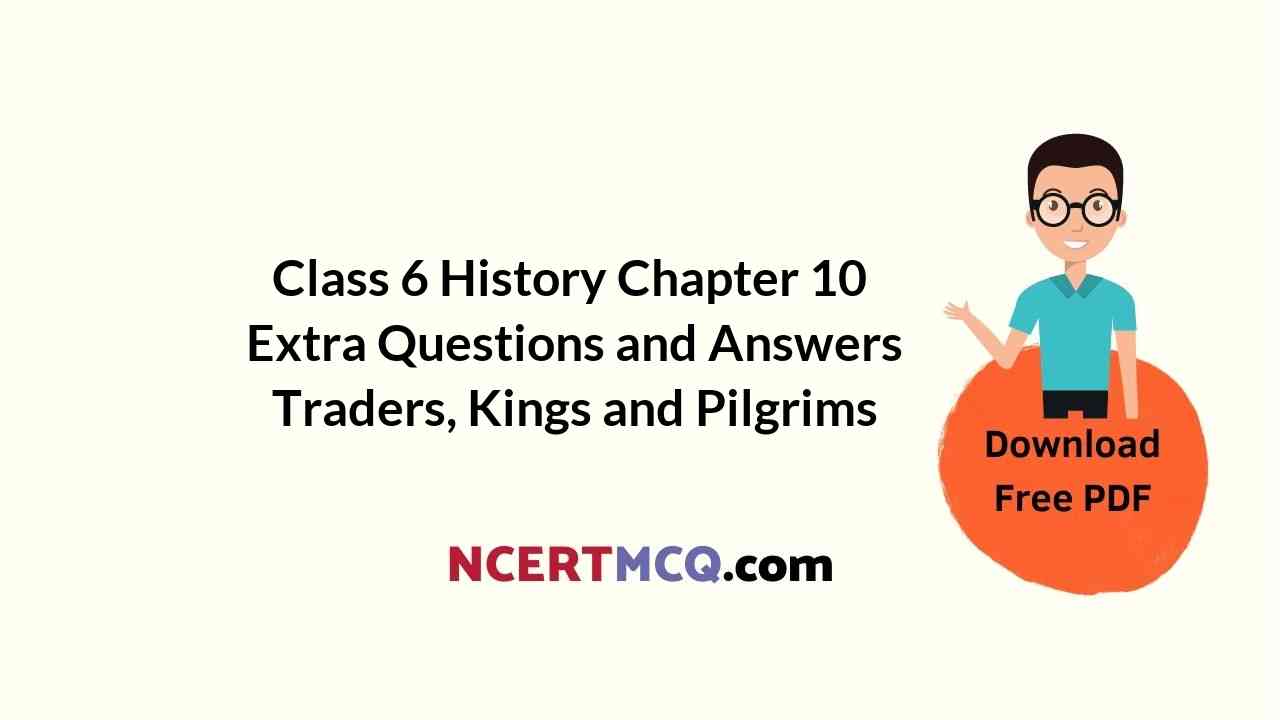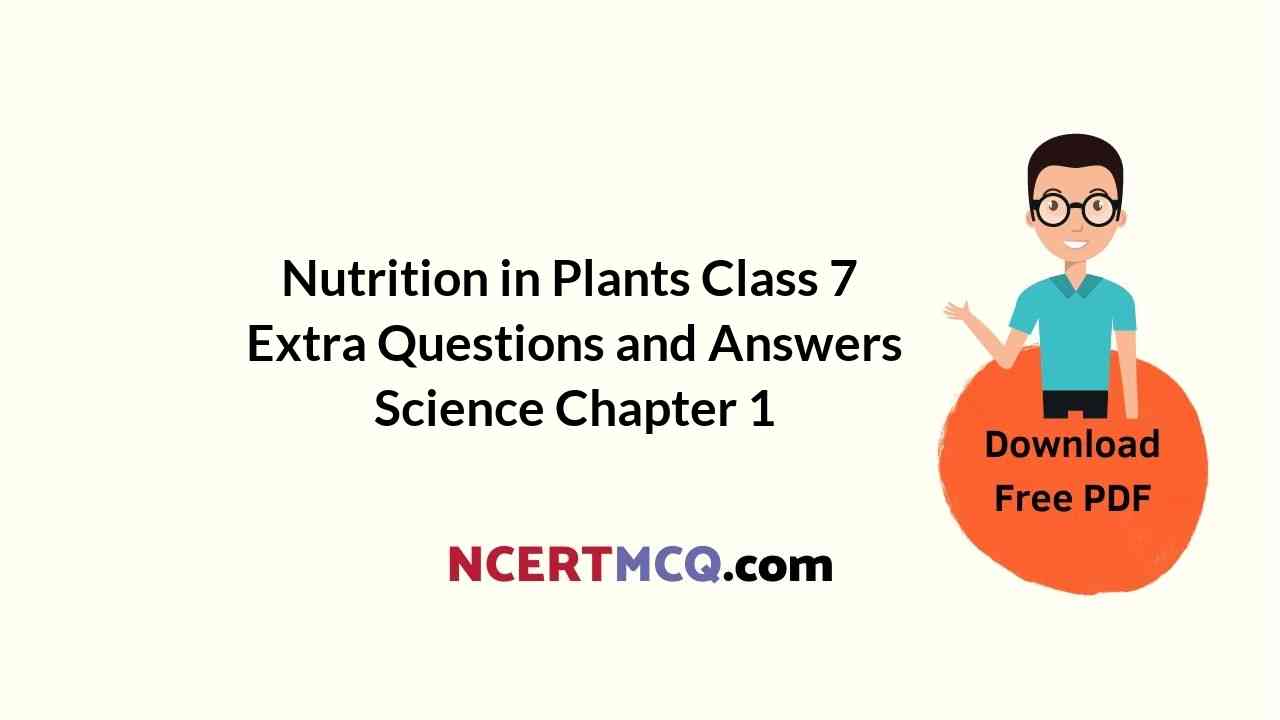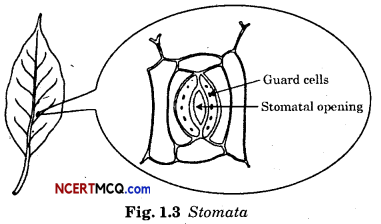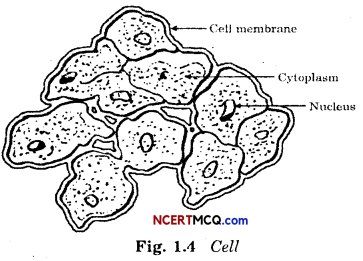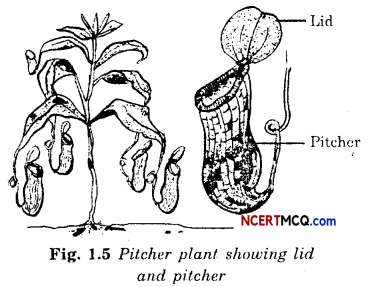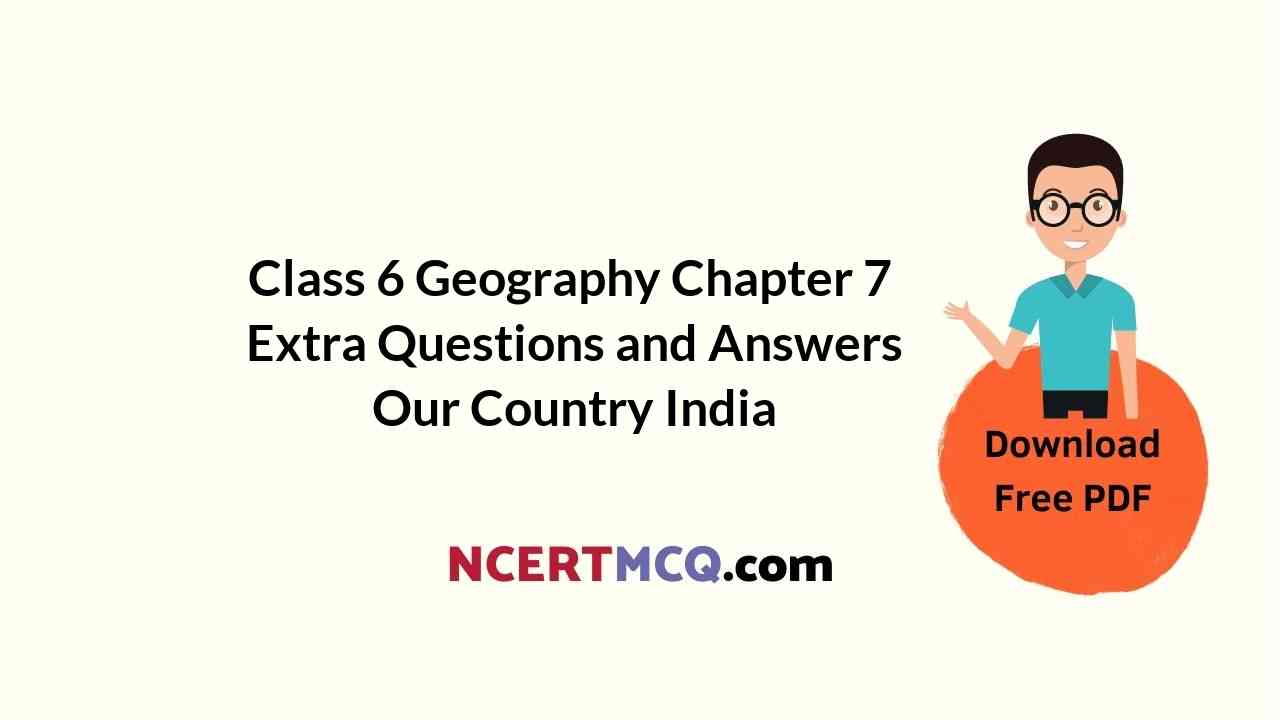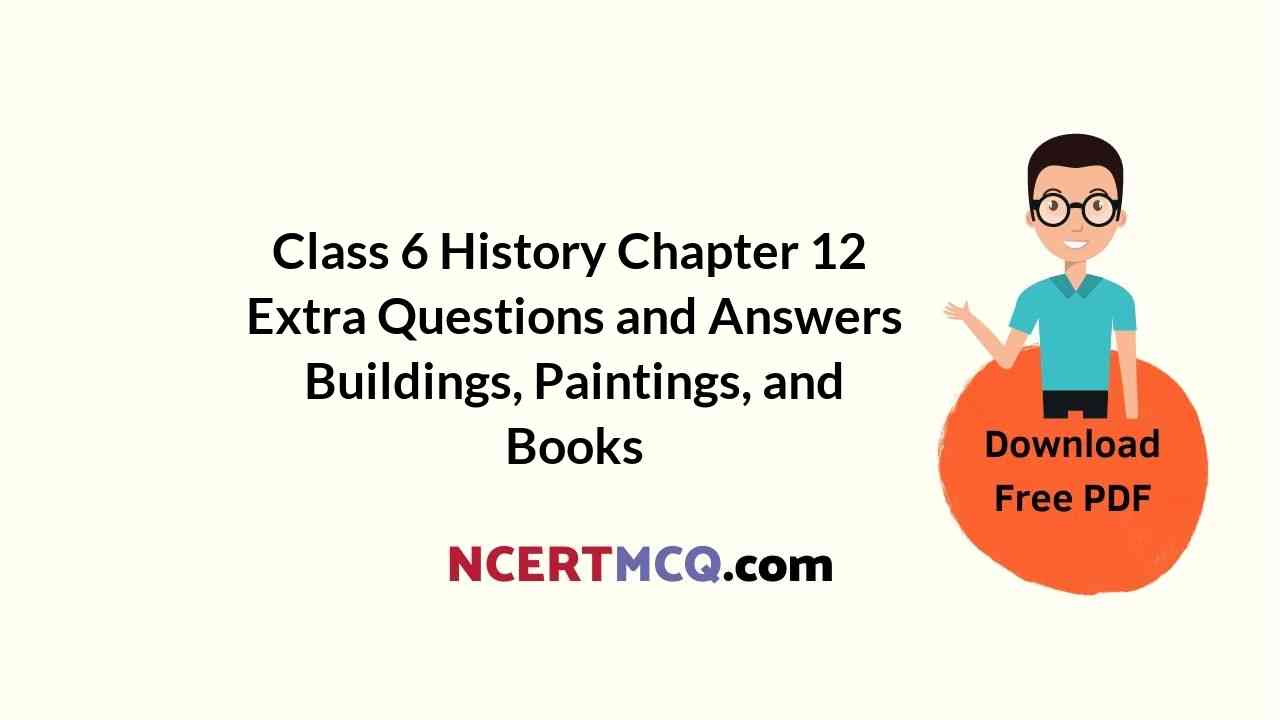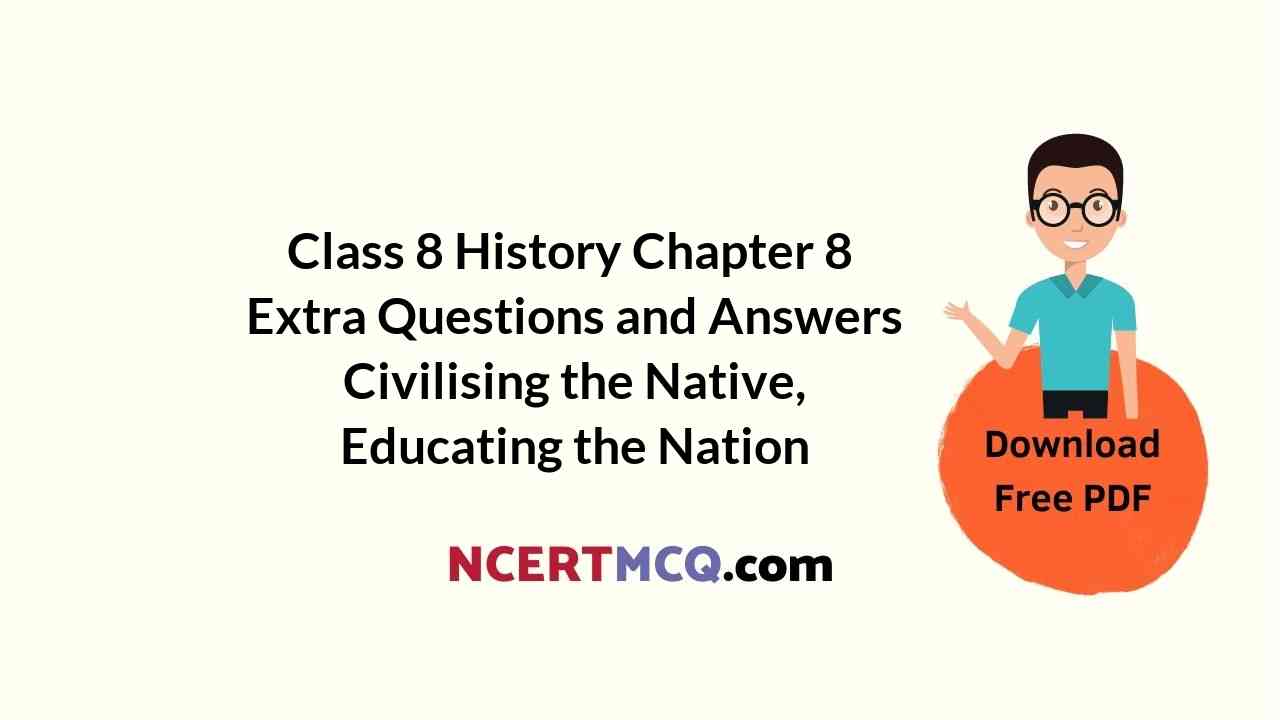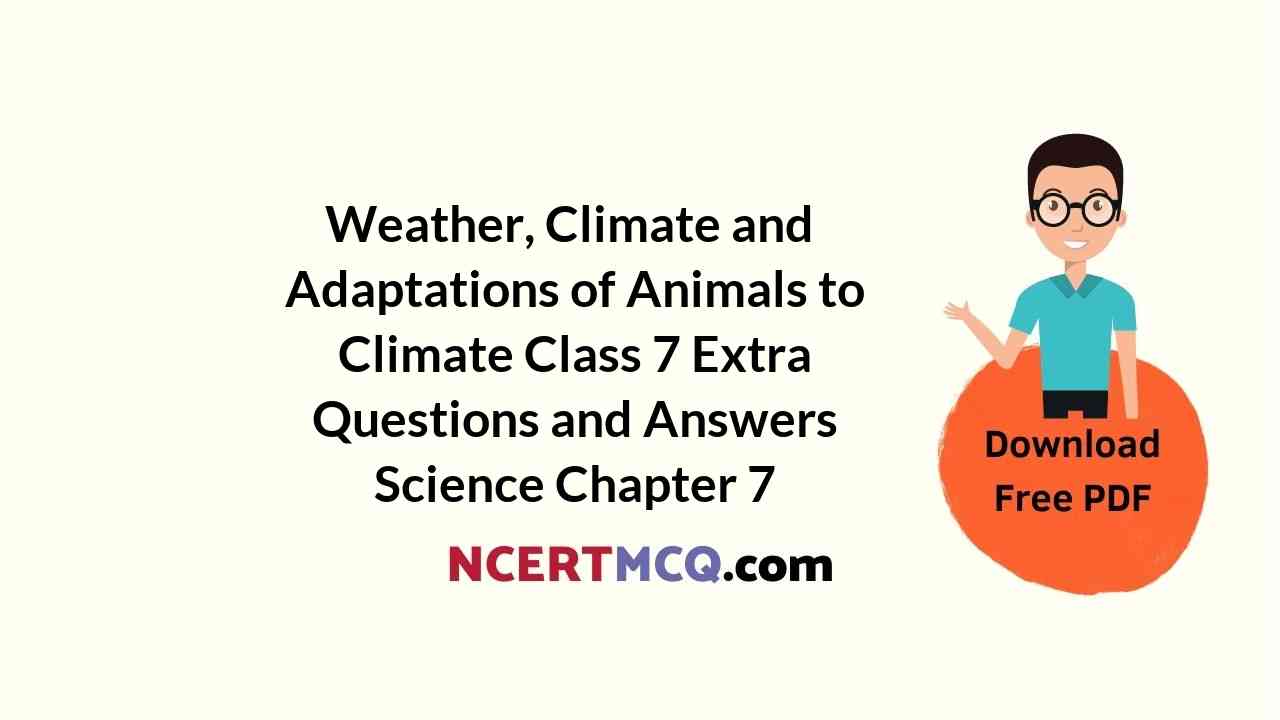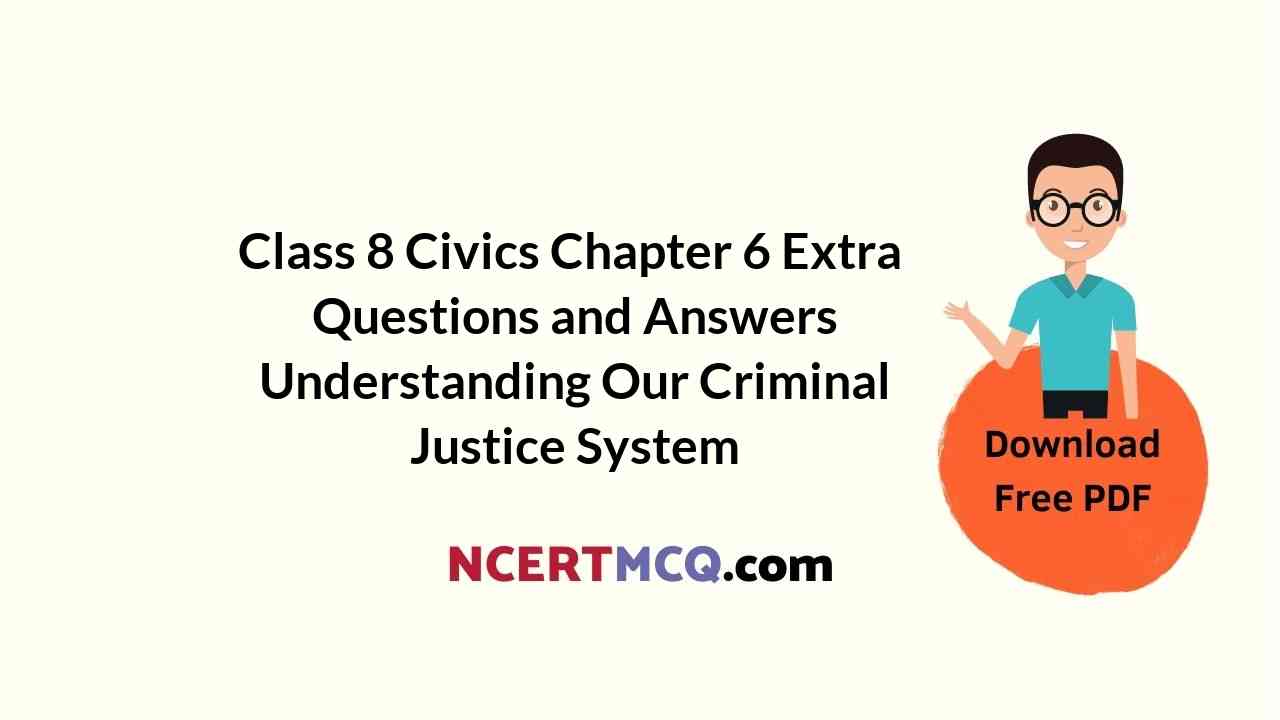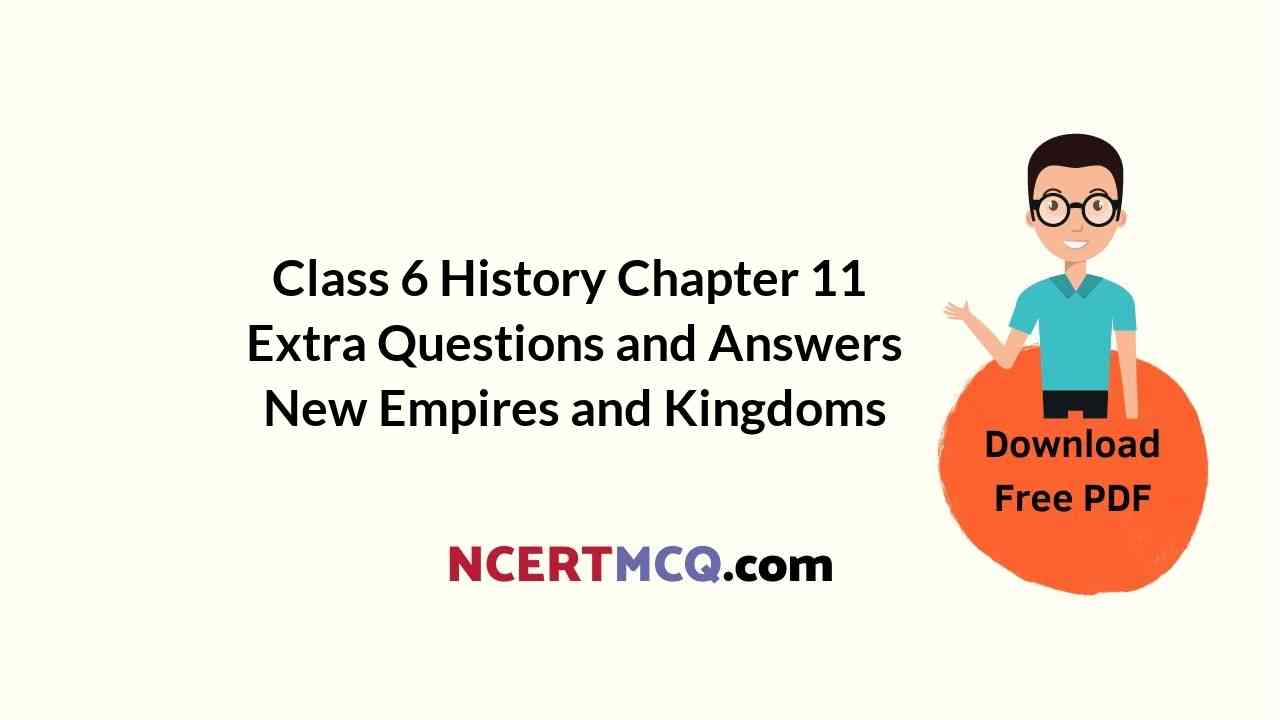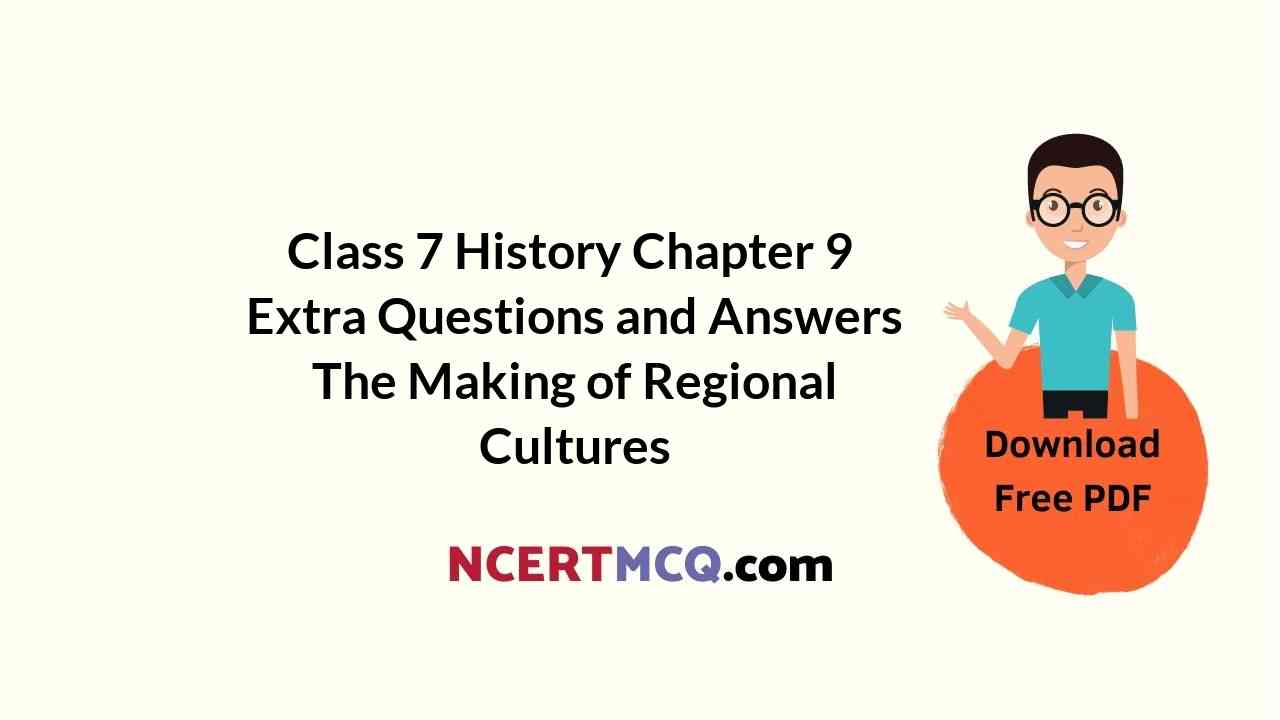Here we are providing Online Education for Class 7 Civics Chapter 8 Extra Questions and Answers A Shirt in the Market was designed by subject expert teachers. https://ncertmcq.com/extra-questions-for-class-7-social-science/
Online Education for A Shirt in the Market Class 7 Extra Questions Civics Chapter 8
A Shirt In The Market Class 7 Extra Questions And Answers Question 1.
Write any one advantage of weekly market?
Answer:
Most of the things of our daily and common use are available at one place in weekly market at a cheaper rate.
A Shirt In The Market Extra Questions Question 2.
Where are shopping complexes found?
Answer:
Shopping complexes are found in the urban areas, cities etc.
Class 7 Civics Chapter 8 Extra Questions Question 3.
Who are in between the producer and the final consumers?
Answer:
Wholesalers, distributors and retailers are in between the producer and the final consumer.
Class 7 Civics Chapter 8 Extra Questions And Answers Question 4.
What do you know about weekly market?
Answer:
- A weekly market is held on a specific day of the week.
- It does not have permanent shops.
- Traders set up their shops for the day and then close them up in the evening.
Class 7 Civics Ch 8 Extra Questions Question 5.
What are the extra expenditure incurred in permanent shop that are not incurred in the weekly market?
Answer:
There are various expenditures incurred in permanent shops which are not in weekly market. For example,
- They have to pay rent, electricity and sometimes fees to the Government.
- They have to pay wages to their workers.
![]()
Ch 8 Civics Class 7 Extra Questions Question 6.
What do you know about malls?
Answer:
The large multi-stores air-conditioned buildings with shops on different floors are known as malls. These malls have both branded and non-branded goods and promote them by advertising.
A Shirt In The Market Class 7 Questions And Answers Question 7.
What do you know about the market and goods, which are sold and bought in but we don’t use directly? Explain about with examples.
Answer:
There are markets that we may not be aware of. In these markets, a variety of goods are bought and sold in large numbers that we don’t use directly. For example, A car factory purchases engines, gears, petrol tanks, axles, wheels, etc. from various other factories. They use them for making cars, a final product that we use directly.
Multiple Choice Questions (MCQs)
1. Which one of the following statements is false about the weekly market?
(a) It is held on a specific day of the week,
(b) They do not have permanent shops.
(c) People come here for their everyday requirements.
(d) They are also called supermarkets.
Answer:
(d) They are also called supermarkets.
2. In the neighbourhood market, most of the shops are :
(a) Temporary
(b) permanent
(c) malls
(d) roadside shops.
Answer:
(b) permanent.
![]()
3. Why are the neighbourhood markets useful?
(a) They are far away.
(b) They also provide goods on credit.
(c) They do not have all products.
(d) They do not sell branded products.
Answer:
(b) They also provide goods on credit.
4. Which one of the following terms is used for the markets in the urban area that have many shops?
(a) Mall
(b) Weekly market
(c) Shopping complexes
(d) Roadside shops.
Answer:
(c) Shopping complexes.
5. Multi-storeyed air-conditioned buildings with shops on different floors are known as;
(a) Mall
(b) Multiplexes
(c) Flat
(d) Shopping complexes.
Answer:
(a) Mall.
![]()
6. The people between the producer and the final consumer are known as;
(a) owners
(b) sellers
(c) traders
(d) businessmen.
Answer:
(c) traders.
7. In the present times, the things can also be ordered by;
(a) Internet and phone
(b) TV
(c) LCD
(d) Radio
Answer:
(a) Internet and phone.
8. When things are sold, which one of the following is encouraged?
(a) Selling
(b) Purchasing
(c) Production and new opportunities
(d) New markets
Answer:
(c) Production and new opportunities.
![]()
Important Terms:
Weekly Market: These markets are not daily markets but are to be found at a particular place on one or maybe two days of the week. These markets most often, sell everything that a household needs ranging from vegetables to clothes to utensils.
Mall: This is an enclosed shopping space. This is usually a large building with many floors that has shops, restaurants and, at times, even a cinema theatre. These shops most often sell branded products.
Wholesale: This refers to buying and selling in large quantities. Most products, including vegetables, fruits and flowers have special wholesale markets.
Chain of Markets: A series of markets that, are connected like links in a chain because products pass from one market to another.
